looking back there is a nice view of the Isluga Volcano
near the small Aymara hamlet of Alabilla we stop for a view of the local wetlands created by the Isluga River
the broad Isluga volcano erupted in 1878 and still emits fumaroles
Isluga village sits at an altitude of 4200 meters and is most of the time uninhabited
the Quenoa is an evergreen, hardy tree that grows at altitudes up to 5000 m
Volcan Isluga National Park
Volcan Isluga National Park was created in 1967 to protect the endangered flora and fauna of the Andean Altiplano.
The park
features towering volcanoes, lakes and hot springs that feed the Rio Isluga that meanders through valleys, terraces
and fertile wetlands.
The windswept high plains sit at well over 4000 m and are prime habitat for Vicuna, Alpaca, Vizcacha and Patagonian
Fox, while the wetlands are hot spots for Puna Ibis, Crested Duck and Andean Goose.
Only a couple of families live
here and then often only in summer.
The village of Isluga with the 17th century church and bell tower has a ceremonial function for
the local Aymara people.
Colchane is the nearest inhabited place, a few km south of the park and near the Bolivian border.
The park
is named after the active Volcan Isluga, with its top covered by snow and fumaroles of steam rising from its flanks.
We traversed the
scenic Isluga Park on a cold and windy day in July 2011, southbound on dusty dirt roads.
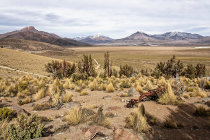





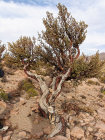

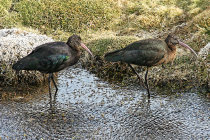
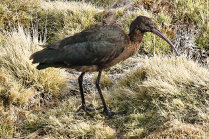
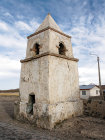
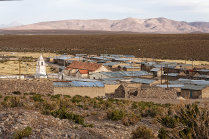





just before the A-395 dirt road heads south there is a fantastic scenery of several volcanos, some still active




the stratovolcano Cabaraya is located in Bolivia and peaks at 5900 meters









from here we have a fantastic view of the wetlands, with far in the background the Arabilla lagoon






The Isluga wetlands provide the perfect habitat for the Puna Ibis



these two stick together



while this one goes it all alone











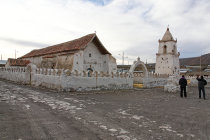


Colchane sits near the Bolivian border and features some basic lodging
the church dates from the 17th century and now functions as a ceremonial center for the Aymara people
we approach the Isluga bell tower. The Cabaraya volcano looms in the distance









a early morning view from our hotel room in Colchane



in 2014 an earthquake would severely damage this bell tower in Enquelga



































































